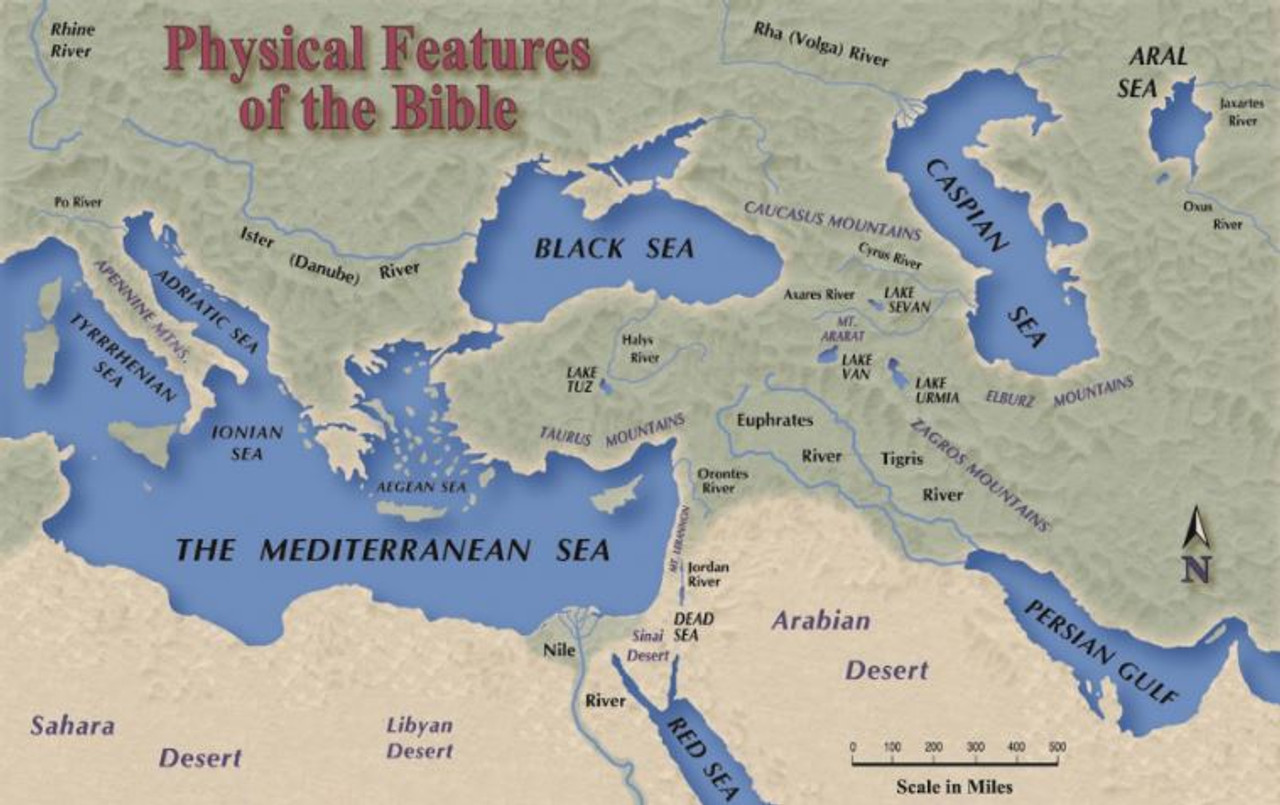
The Bible is not just a collection of ancient texts and sacred teachings—it is a geographical journey through the landscapes that shaped the spiritual and political evolution of the ancient Near East. From the rolling hills of Judea to the arid deserts of Sinai, the geography of the Bible serves as a backdrop to some of the most profound narratives in religious and human history. Understanding this geography not only enhances our appreciation of the biblical stories but also anchors them in the real, physical world where history was made.
The Fertile Crescent: Cradle of Biblical Beginnings
The Bible’s earliest stories unfold in a region known as the Fertile Crescent, stretching from Mesopotamia (modern-day Iraq) through Syria and into Egypt. It is here, between the Tigris and Euphrates rivers, that Abraham—patriarch of Judaism, Christianity, and Islam—embarked on his journey from Ur to Canaan. These lands were not arbitrary settings; they were vital trade routes and centers of early civilization, where empires rose and fell and where the Israelites’ own story began.
Canaan: The Promised Land
The land of Canaan, encompassing modern-day Israel, Palestine, Lebanon, and parts of Jordan and Syria, plays a central role in biblical history. This “Promised Land” was both a destination and a battleground, shaped by its strategic location at the crossroads of Asia and Africa. Its diverse topography—from the coastal plains and central highlands to the Jordan Rift Valley—mirrored the complexity of the stories it hosted: from the conquest narratives in Joshua to the rise and fall of the kingdoms of Israel and Judah.
Jerusalem, a city of hills and valleys, stands at the heart of this geography. It became the spiritual and political center of the Jewish people, the site of Solomon’s Temple, and later the setting for key events in the life of Jesus. Its elevation made it both defensible and symbolically significant—a city on a hill, quite literally and figuratively.
The Wilderness and the Exodus
Deserts and wildernesses occupy a prominent place in the biblical imagination. The Sinai Peninsula, where Moses is said to have received the Ten Commandments, is an arid, mountainous landscape that tested the endurance and faith of the Israelites during their 40-year exodus. The Negev desert, further south, is where prophets sought solitude and divine revelation. In the biblical narrative, the wilderness is more than a physical space—it is a crucible for spiritual transformation.
The Jordan River: Boundary and Blessing
The Jordan River flows south from the Sea of Galilee to the Dead Sea, forming a natural border between Israel and its eastern neighbors. In biblical times, it was a place of transition. The Israelites crossed it to enter the Promised Land; Elijah and Elisha performed miracles on its banks; and Jesus was baptized in its waters. Symbolically, it represents renewal and passage—from slavery to freedom, from the old life to the new.
Galilee and the Ministry of Jesus
To the north, the region of Galilee is characterized by lush hills, freshwater lakes, and rural villages. It was here, along the shores of the Sea of Galilee, that Jesus preached, healed, and gathered his first disciples. The physical landscape—open fields, quiet waters, and rugged hills—shaped the parables he told and the audiences he reached. The geography of Galilee enabled a ministry that was deeply rooted in everyday life.
Where Earth and Spirit Converge
The geography of the Bible is not merely a setting; it is an active participant in the unfolding of sacred history. These landscapes shaped the lives of the people who inhabited them, influenced the strategies of kings and prophets, and provided metaphors for divine truth. In studying the geography of the Bible, we do more than trace ancient routes or identify archaeological sites—we step into the living world of scripture, where history meets landscape and where the sacred is written into the very soil of the earth.
